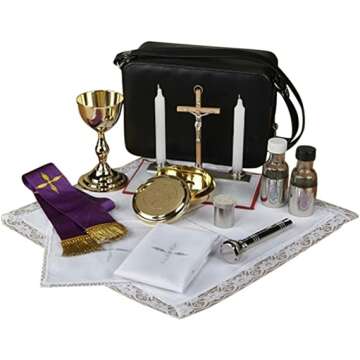The Advent of PCC Streetcars in Los Angeles
In 1937, the Los Angeles Railway Company made a significant transformation in urban public transportation by introducing the innovative PCC streetcars. Known as the "President's Conference Committee" streetcars, these vehicles represented a major leap in design and functionality, set to improve the efficiency of the Los Angeles transit system. With a sleek, modern aesthetic and advanced technology, PCC streetcars were fast, quieter, and more comfortable than their predecessors.
Why PCC Streetcars Were Revolutionary
The PCC streetcars were designed to address the growing need for reliable and efficient urban transport. These streetcars featured an improved suspension system, larger windows for better visibility, and streamlined designs that reduced wind resistance. Most importantly, they provided a more pleasurable ride, appealing to a populace that relied heavily on public transportation. The arrival of these streetcars marked a crucial moment in the city’s history, as they catered to the city's expanding suburban population.
The Implementation of PCC Streetcars in LA
The first PCC streetcars were exclusively deployed on the routes that faced the highest demand. Their integration into the existing transit fleet was met with enthusiasm by the residents of Los Angeles, who were eager for improvements in their daily commutes. The implementation process involved retrofitting existing lines to support the new style of cars, demonstrating the city’s commitment to modernizing its public transport.
The Impact of PCC Streetcars on Public Transportation
The impact of PCC streetcars extended beyond mere convenience; they played a pivotal role in shaping public transportation in Los Angeles. These streetcars not only improved transit times but also inspired further investments in the city's rail infrastructure. The expansive network of streetcar lines established during this time significantly influenced urban development and helped in the growth of suburban neighborhoods.
Reviving Interest in Rail Transit
As the Los Angeles Railway Company introduced PCC streetcars, they ignited renewed interest in rail transit during a time when many cities were shifting towards automobile dependency. The efficiency and popularity of the PCCs provided an alternative model for mass transit, influencing other cities to consider similar approaches in enhancing their own public transportation systems. This phenomenon laid the groundwork for current discussions about public transportation reforms.
The Longevity of PCC Streetcars in LA
Although the PCC streetcars eventually saw a decline in usage with the rise of automobiles and buses, their presence in Los Angeles lasted until the early 1960s. The legacy of the PCC streetcars remains evident today, as modern transportation planners often look back at them as a case study in public transit efficiency and urban development.
Fun Fact
PCC Streetcars’ Unique Design
One interesting fact about PCC streetcars is their distinctive, art-deco design, which was not only functional but also made them a symbol of modernity in public transit during the 1930s and 1940s.
Additional Resources
Recommended Reading on PCC Streetcars
For those interested in further exploring the history of streetcars and public transit, I recommend the book "The Golden Age of Streetcars: A Photographic History". This book offers a comprehensive look into the era's streetcar systems, including the iconic PCC models. Additionally, "The PCC Streetcar: A Historical Overview" provides insights into the design and operation of these remarkable vehicles.



















 Continue with Google
Continue with Google